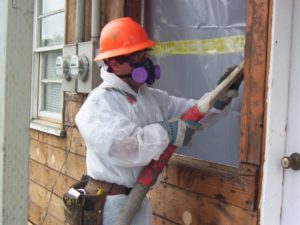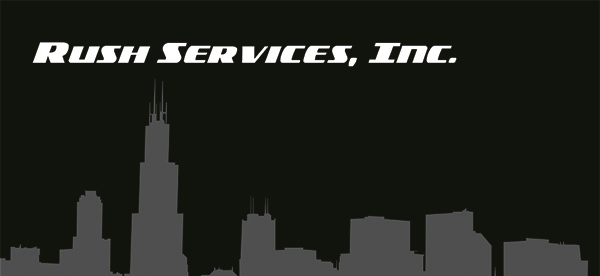Mold Removal
Mold Removal
We are experts in mold removal for residential, commercial or industrial structures. Estimates are free in the Chicago Area.
Mold Basics
- The key to mold control is moisture control.
- If mold is a problem in your home or building you should clean up the mold promptly and fix the water problem.
- It is important to dry water-damaged areas and items within 24-48 hours to prevent mold growth.
Molds are part of the natural environment. Outdoors, molds play a part in nature by breaking down dead organic matter such as fallen leaves and dead trees, but indoors, mold growth should be avoided. Molds reproduce by means of tiny spores; the spores are invisible to the naked eye and float through outdoor and indoor air. Mold may begin growing indoors when mold spores land on surfaces that are wet. There are many types of mold, and none of them will grow without water or moisture.

How can I prevent mold from growing in my home or building?
While mold spores are all around us, mold growth can be prevented. Mold growing in your home or building requires MOISTURE, WARMTH, and FOOD. Depriving mold of any of these three items will stop it from growing, but it will not kill the mold that is already there. Mold spores will remain dormant, and if the moisture, warmth and food all reappear, mold will begin to grow again.
The most important steps in controlling mold growth are to clean any existing mold and to eliminate excessive moisture. You can take numerous precautionary steps:
- Vacuum and clean regularly to remove possible sources of mold growth. Pay special attention to bathrooms and other areas of your home that are likely to generate a lot of moisture. Make sure you have a bathroom exhaust fan that works well.
- If possible open a window after you use the shower for at least 30 minutes.
- In portions of your home that are susceptible to moisture, use area rugs or washable floor surfaces rather than wall-to-wall carpeting. If you use area rugs, launder them periodically.
- Do not store materials such as paper, books, clothes, or other possible sources of food for mold in humid parts of your home.
- Repair water leaks in your roof, windows, or any other part of the home as soon as possible.
- Check water lines and connections under sinks, toilets, refrigerator ice maker lines and water heater connections regularly as these areas are the most common cause of water leaks that can cause mold!
- Clean refrigerator drip pans regularly according to the manufacturer’s instructions. If your refrigerator and freezer doors do not seal properly, moisture can build up and mold can grow there. Remove any mold on the door gaskets and replace faulty gaskets.
- If you live in a house, make sure that your gutters and downspouts are clear of debris that may block the flow of water from your roof. Make sure the area under your downspouts is properly graded so that rainwater from the roof flows away from your foundation. Splash blocks can help rainwater to flow in the proper direction. If necessary, extend your downspouts.
- Make sure other areas around your foundation are graded so that rainwater does not flow toward the house. Do not put gardens or plants too close to your foundation so that watering them could cause water to flow toward your house. If you water your lawn with a sprinkler, make sure the water does not hit your house or the area next to the foundation.
- In the kitchen and bathroom, open windows or use exhaust fans when engaging in activities that produce moisture. Exhaust fans should be vented to the outdoors and not to an attic or crawl space.
- If you have a clothes dryer, make sure it is vented to the outdoors.
- If you use a humidifier, make sure it does not produce an excessive amount of humidity. During the summer, 60 percent relative humidity or lower probably will prevent condensation and mold growth in most parts of the country, but that is too moist for the middle of winter, when 40 percent relative humidity or lower will prevent condensation on windows.
- If you live in a house with a basement, consider using a dehumidifier there. The cool basement floor and walls can be a source of moisture build-up.
- If your home has an attic, make sure it is properly insulated and ventilated.
- If you have a crawl space under your house, cover the soil in the crawl space with waterproof polyethylene plastic. If your crawl space is ventilated, close the vents in the summer and keep them open in the winter.
- If you have water problems in your basement or crawl space, clean up affected areas as quickly as possible and take immediate steps to resolve the source of the problem.
Free Estimates in Chicago Professional Mold Removal Services Available.

If you have visible mold in your home or building we do not recommend a mold inspection if you plan on removing the affected materials.
We will give you a free estimate for removal and after the removal is complete we recommend that you have clearance air testing completed. This is your assurance that the job was completed correctly and will give you the documentation you will need should you sell your home or building.
We DO NOT conduct mold inspections or clearance testing! It is always better to use one firm for testing and one firm for removal to avoid a conflict of interest!
We are happy to refer you to several local respected and qualified mold consultants who can give you competitive pricing to do the independent clearance testing.
